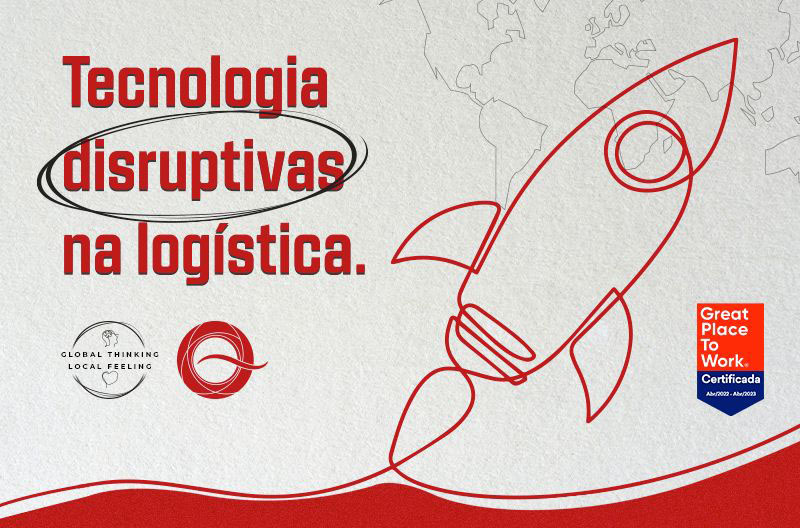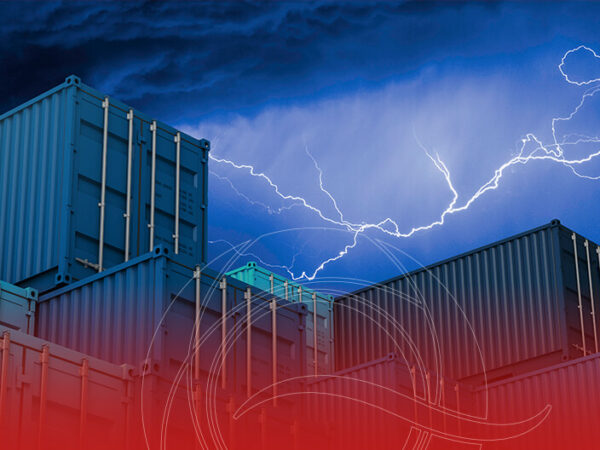
Logistics, an essential part of the functioning of companies and markets, is undergoing a revolution driven by disruptive technologies. These innovations are redefining the way supply chains operate, bringing efficiency, visibility and agility like never before. In this article, we explore some of the key disruptive technologies in logistics and their impact on the industry.
Internet of Things (IoT)
IoT is connecting everyday objects to the internet, and in logistics, this translates into sensors and smart devices that collect and share information in real time. Trucks, containers and even individual products can be equipped with sensors that monitor temperature, humidity, location and other important parameters. This enables accurate tracking along the entire supply chain, reducing losses, optimizing routes and improving decision-making.
Artificial Intelligence (AI) and Machine Learning
AI and machine learning are transforming logistics by analyzing large volumes of data to identify patterns and predict future demands. Advanced algorithms can optimize vehicle routing, predict the need for preventive maintenance, and even anticipate delivery delays. AI is also applied in supplier selection and inventory optimization, resulting in more informed and efficient decisions.
Blockchain
Blockchain is bringing transparency and security to logistics. With an incorruptible blockchain, information about each step of a product’s journey is recorded immutably. This helps prevent fraud, reduce bureaucracy and streamline import and export processes, making the entire system more reliable and efficient.
Robotics and Automation
Robotics is becoming increasingly present in warehouses and distribution centers. Automated robots can sort, package and even perform picking tasks with high accuracy and speed. In addition, the automation of repetitive processes reduces human errors and frees up workers for more strategic tasks.
Augmented Reality (AR) and Virtual Reality (VR)
AR and VR are being applied to employee training and process optimization. Training can be conducted through virtual simulations, allowing workers to become familiar with complex procedures without risk. In addition, AR can provide real-time information about products and inventory, simplifying decision-making on the shop floor.
As these disruptive technologies continue to evolve, logistics is transforming into a more agile, efficient, and data-driven supply chain. Companies that embrace these innovations are at a competitive advantage, offering a more reliable, fast and adaptable service. As we navigate this new era of logistics, one thing is certain: technological innovation will continue to shape the future of the supply chain in unprecedented ways.


